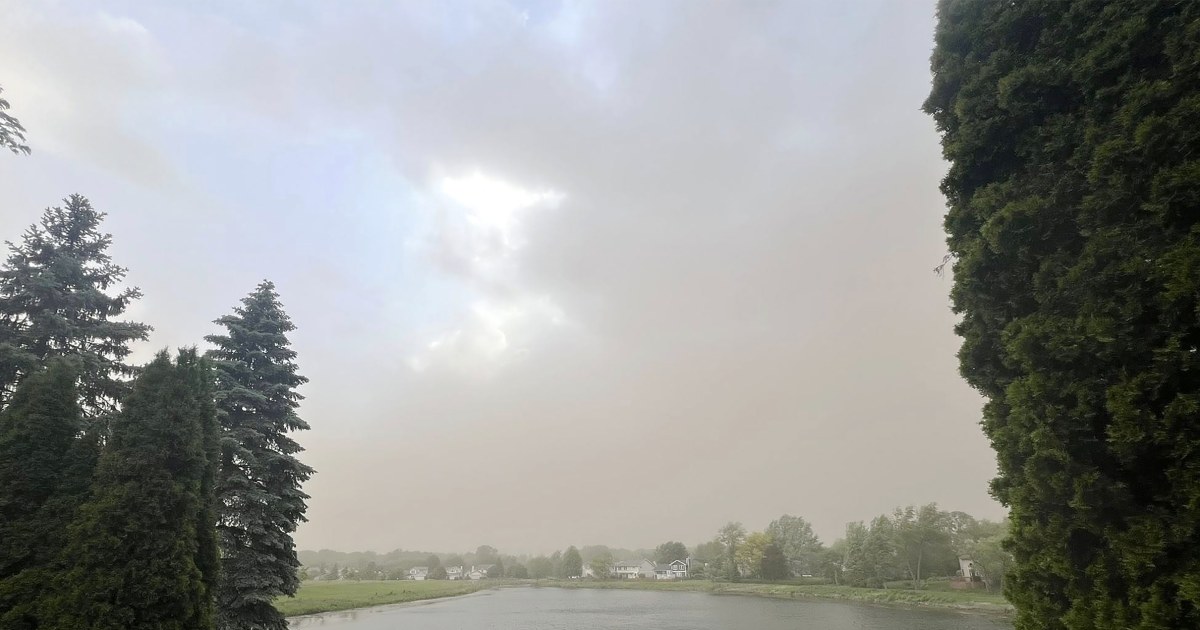Chicago’s Dust Storm: A Battle Against Blinding Conditions
A sudden and severe dust storm swept through Chicago on [insert current date], reducing visibility to near-zero and causing widespread disruption. The unexpected weather phenomenon, driven by strong winds and dry conditions, prompted immediate safety warnings from officials. Residents struggled with hazardous travel conditions as the city mobilized emergency response teams to mitigate risks.
Unprecedented Weather Event Strikes the Windy City
Chicago, known for its harsh winters and lake-effect snow, faced an unusual challenge as a massive dust cloud engulfed the metropolitan area. The National Weather Service (NWS) reported wind gusts exceeding 50 mph, lifting loose soil from drought-affected farmlands southwest of the city. Within hours, the dust plume expanded, creating apocalyptic scenes across downtown and surrounding neighborhoods.
“This is one of the most intense dust storms we’ve seen in decades,” said Dr. Emily Carter, a climatologist at the University of Illinois. “The combination of prolonged drought, high winds, and loose topsoil created perfect conditions for this phenomenon.”
Immediate Impacts and Emergency Response
The dust storm caused:
- Multiple pileups on major highways, including I-55 and I-90
- Flight delays and diversions at O’Hare and Midway airports
- School closures across Cook County
- Surge in emergency room visits for respiratory issues
Chicago’s Office of Emergency Management activated its crisis protocol, urging residents to stay indoors and use N95 masks if venturing outside. “We’re working with state and federal partners to monitor air quality and assist vulnerable populations,” stated OEM Commissioner David Rodriguez during a press briefing.
Scientific Explanation Behind the Dust Storm
Meteorologists attribute the event to a rare convergence of factors:
- Severe drought conditions in Illinois agricultural regions (U.S. Drought Monitor shows 63% of state in moderate-to-extreme drought)
- Unseasonably high temperatures reaching 90°F in early [current month]
- Powerful cold front creating 45-55 mph wind gusts
Agricultural experts warn that such events may become more frequent. “With climate change altering precipitation patterns, we’re seeing increased soil erosion in the Midwest,” noted Dr. Alan Petrovski of the USDA’s Natural Resources Conservation Service. “Farm conservation practices need urgent reevaluation.”
Health Risks and Community Concerns
The storm raised significant public health alarms as particulate matter (PM2.5) levels spiked to 15 times the EPA’s safety threshold. Hospitals reported a 30% increase in asthma-related admissions, particularly among children and elderly patients.
Local resident Maria Gonzalez described the scene: “One minute it was clear, then suddenly you couldn’t see across the street. The dust burned your eyes and throat.” Community organizations quickly distributed masks to homeless populations and outdoor workers.
Transportation Gridlock and Economic Fallout
The transportation disruption caused ripple effects across the region:
- CTA suspended some bus routes due to safety concerns
- Amazon and other logistics companies reported delivery delays
- Downtown businesses closed early, costing an estimated $18 million in lost revenue
Aviation officials implemented ground stops at both major airports for nearly three hours, stranding thousands of travelers. “We prioritized diversions when visibility dropped below 1/8 mile,” explained Chicago Department of Aviation spokesperson Jessica Lim.
Looking Ahead: Climate Resilience and Preparedness
As cleanup efforts continue, city planners are reevaluating climate adaptation strategies. The Chicago Climate Action Plan, last updated in 2022, may require revisions to address dust storm scenarios. Environmental advocates are pushing for:
- Expanded urban tree canopy to reduce wind speeds
- Stricter soil conservation requirements for regional farms
- Public education campaigns about dust storm safety
While the dust has settled for now, the event serves as a wake-up call. “This wasn’t just a freak weather occurrence—it’s a preview of our climate future,” warned Dr. Carter. “Cities need to prepare for meteorological phenomena outside their historical experience.”
Residents can stay informed about air quality alerts through the EPA’s AirNow system and sign up for Chicago’s emergency notification system at Notify Chicago.
See more Your Daily Weather



